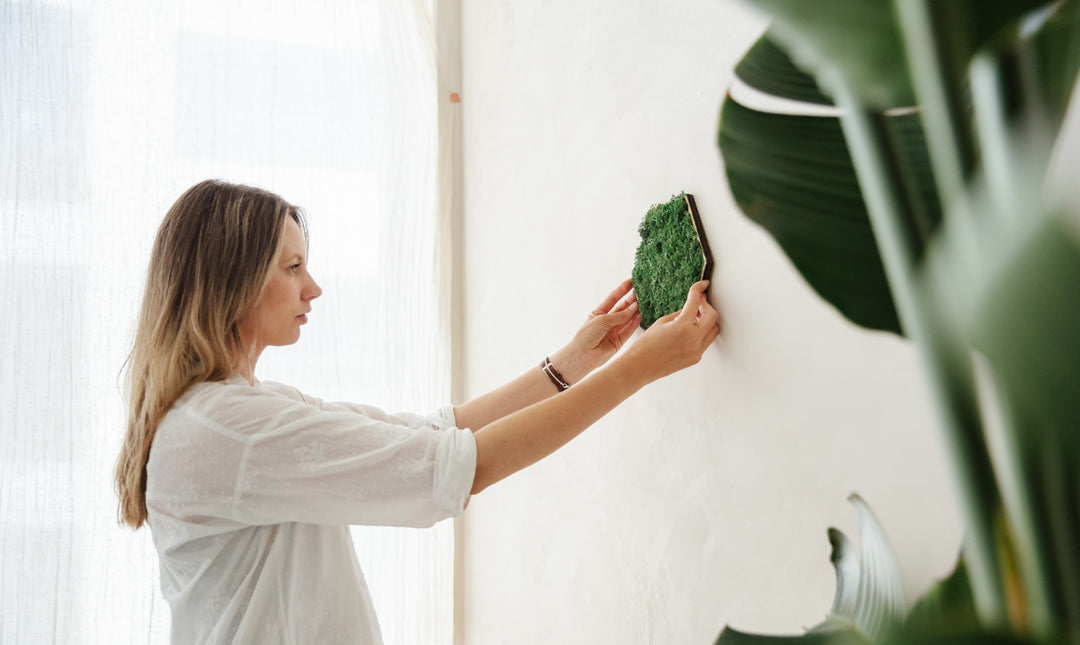10 Tips to Grow Houseplants Well in Winter
Houseplants are not only an aesthetic addition to our interior, but they also provide numerous benefits for our health and well-being. However, in winter it can be a challenge to ensure that your houseplants continue to grow well, as indoor conditions are different than in summer. Fortunately, there are some simple tips you can follow to keep your houseplants healthy and happy during the cold months.
-
Provide the right lighting In winter, the days are shorter and the sun is less bright, which can affect the growth of your houseplants. Place your plants near the brightest window in your home and rotate them occasionally so that they are evenly exposed to available light. Also consider using grow lights to provide additional light to plants that receive little natural light.
-
Adjust watering In winter, houseplants usually need less water than in summer. Check the soil moisture carefully with your finger before watering and avoid overwatering. Too much water can lead to root rot, which is disastrous for your plants.
-
Increase Humidity Most homes tend to become very dry in winter due to heating systems. Houseplants thrive in high humidity, so consider using humidifiers, placing a container of water near your plants or regularly misting the leaves with water to increase humidity.
-
Avoid drafts Cold drafts can be harmful to houseplants. Make sure your plants are placed away from drafty doors and windows. You can also fill the space between the glass and the plants with insulation material to protect them from the cold.
-
Lower the Temperature at Night Although most houseplants need warmth to survive, they can benefit from a slight drop in temperature at night. Try setting the thermostat a few degrees lower during the night to simulate winter for your plants. This can help with their growth cycle.
-
Fertilize in moderation Houseplants need fewer nutrients in winter than in summer. Reduce the frequency of fertilizing and use a fertilizer with a lower nitrogen concentration to prevent your plants from growing too quickly, which can cause weak stems and leaves.
-
Give your plants some space. Plants usually grow more slowly in winter than in summer. Give them some extra space by not placing them too close together. This will allow air circulation and prevent them from competing for light and nutrients.
-
Check for Pests Pests such as spider mites and aphids thrive in dry conditions, such as those common in winter. Check your plants regularly for signs of pests and treat them with an environmentally friendly insecticide if necessary.
-
Regular Inspection The best way to ensure that your houseplants thrive in winter is to inspect regularly. Watch for signs of stress, such as yellowing leaves or brown edges, and take action as necessary to restore the health of your plants.
-
Be patient It is important to be patient in winter. Plants need time to adapt to the changing conditions and can grow somewhat slower. Give them the care and attention they need and wait patiently until spring, when they will bloom again in full glory.
Caring for houseplants in winter can be a challenge, but with the right care and attention, they can continue to thrive and beautify your home. By following the tips above, you can ensure that your houseplants stay healthy and happy even when temperatures drop. It's an investment in the beauty and well-being of your home, and your plants will thank you with their lush growth and green splendor.







Leave a comment